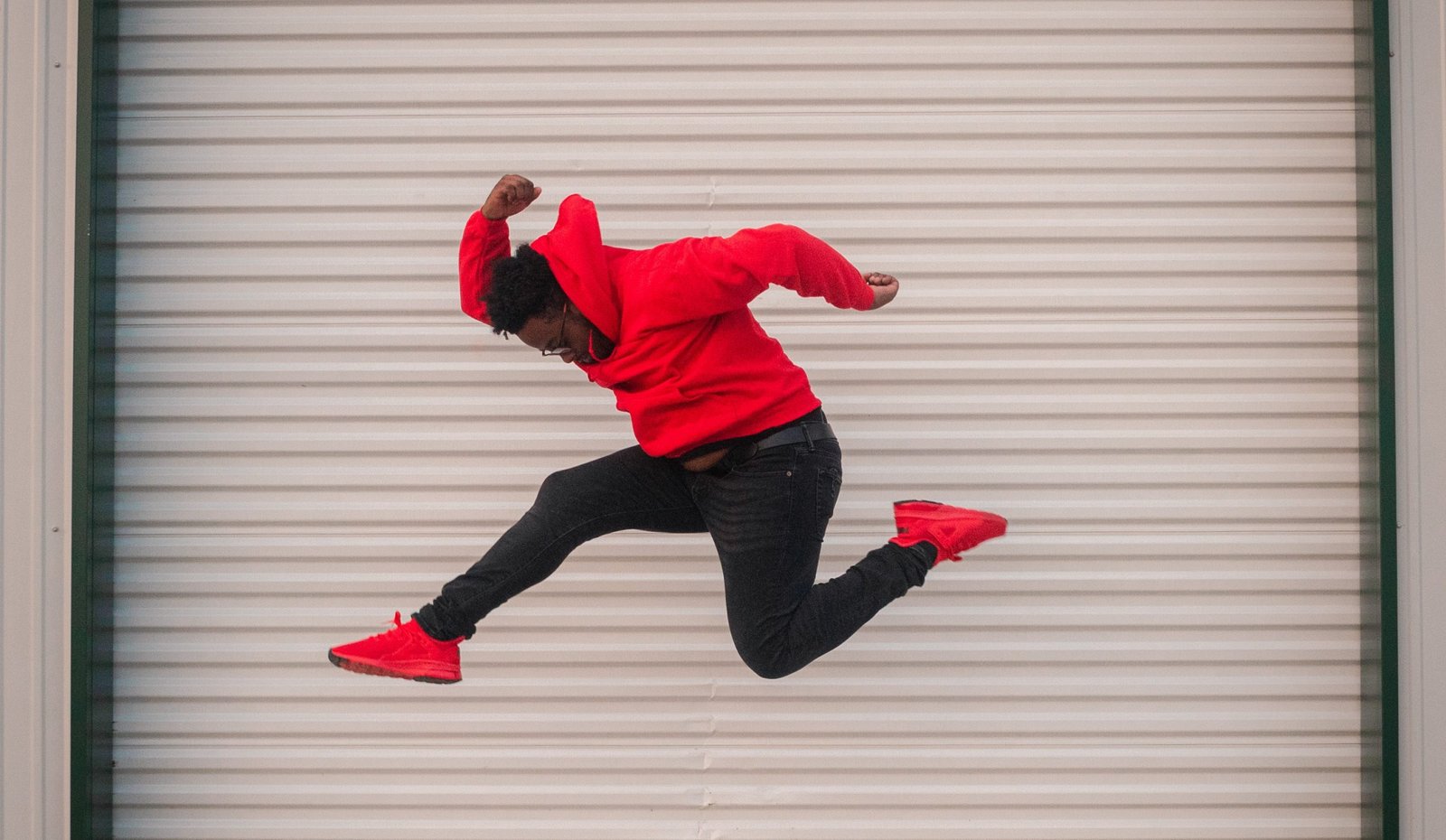Your muscles grow when you challenge them and rest them.
It’s a hypertrophy, but basically, the idea is simple: challenge your muscles hard, feed them well, and then rest them.

Not everything in sport builds muscle in the same way. Some sports push your body to get bigger and stronger, while others focus more on stamina. Just like casino with sweeps coins makes gaming fun, some people practice for the excitement of the sport. How much muscle you build also depends on your genetics, your diet, and the amount of rest you get.
Sports That Pack on Muscle
Some sports are much better for building muscle than others. Here are a few that stand out:
- Weightlifting and Powerlifting – All of these sports entail heavy lifting. Deadlifts, squats, and bench presses strain large muscles to grow in size. Players continuously add weight over time, and the body responds by developing strength.
- Bodybuilding – This one is less about competing on the field and more about training in the gym. Bodybuilders hit each muscle group with high-volume workouts. The mix of reps and sets makes their muscles bigger and more defined.
- Football – American football is a collision sport. Players, especially linemen, train with heavy lifts and explosive drills. The mix of strength and speed training leads to bulky legs, strong chests, and powerful shoulders.
- Track and Field Throws – Shot putters and discus throwers train for explosive power. They use Olympic lifts and fast, strength-based drills. The result is muscle size combined with speed.
- Gymnastics – Gymnasts may not look huge, but their muscles are dense and powerful. Rings, bars, and bodyweight holds build incredible upper-body and core strength. No dumbbells required.
Why Some Sports Build Bigger Muscles
The form of stress that you put on your muscles will decide how they change. Heavy weight, like in powerlifting or football, builds bulk. Long-distance running, being an endurance sport, produces leaner muscles well-suited for sustained effort. Think of it like different styles of advertising. A bold, one-time ad grabs attention fast, while steady reminders build recognition slowly. Sports work in a similar way. Some push for fast growth, while others focus on endurance.
Balancing Muscle and Performance
Not every athlete wants max size. Sprinters want powerful legs but avoid extra weight that might slow them down. Basketball players aim for strength without losing speed and agility. Coaches often fine-tune training plans to match performance needs. It is about finding the right mix, just like tailoring a message to the right crowd. Too much size can help in one sport but hurt in another.
What Research Says
Sports science is always updating. Some studies say heavy weights with low reps are best. Others suggest lighter weights lifted to near fatigue can also build muscle. Recovery and nutrition matter just as much as training. Protein intake, hydration, and sleep are often called the “big three” for growth. Trends and findings shift based on what studies come next, even though the foundations stay the same, experts conclude. Sportsmen should be in touch with the latest research.
Wrapping It Up
Sports push the body in different ways. Lifting, football, and throwing events drive muscle growth the fastest. Gymnastics shows that bodyweight work can be just as effective in its own way. Endurance sports create lean, efficient muscles that work for the long haul. In the end, consistent training and smart recovery are what make the difference. Like a well-placed story in the media, the method depends on the goal—whether it is size, strength, or stamina.






